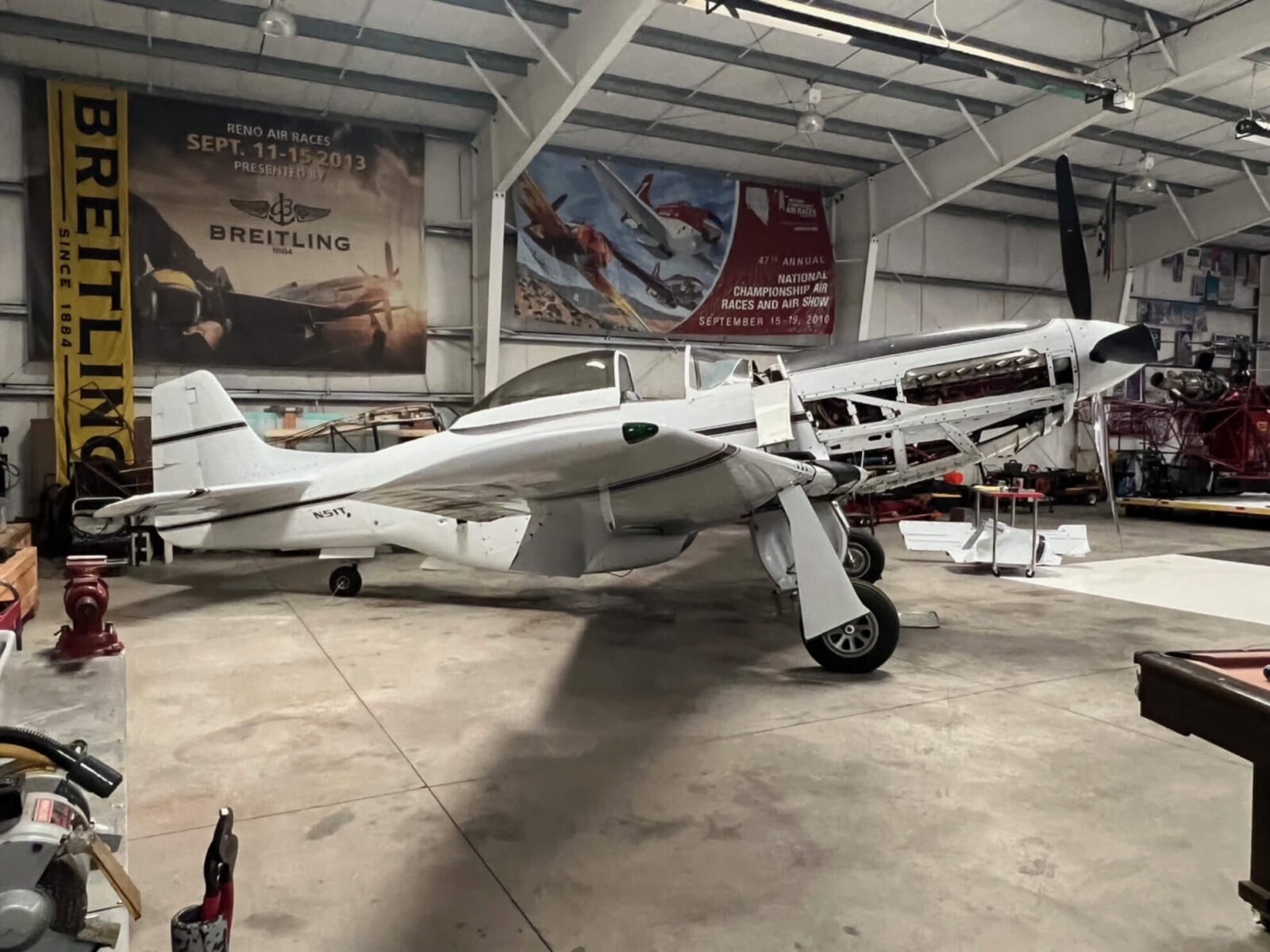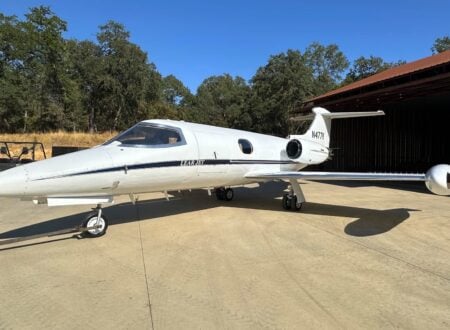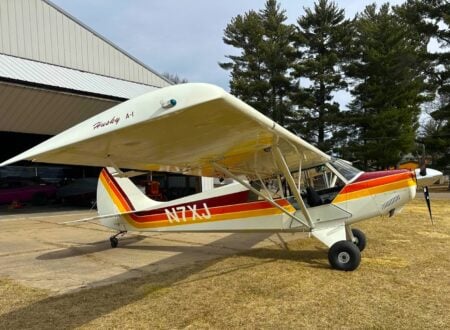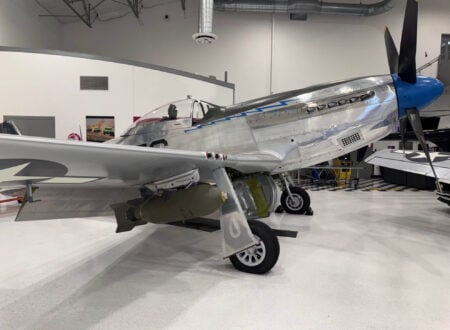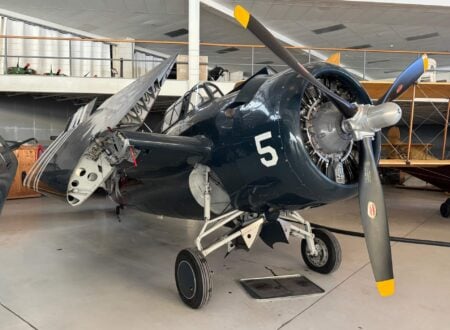This is a 1945 North American P-51D Mustang, one of the most successful fighter aircraft of the Second World War, and it’s now showing just 231 hours of use after a comprehensive restoration.
There are a number of P-51D Mustangs around the world that are in airworthy condition, Tom Cruise famously owns and pilots one, and they’re often used in airshows and in modified form in air racing.
Fast Facts – The North American P-51D Mustang
- The North American P-51D Mustang originated from a 1940 British request, and the aircraft was initially powered by Allison engines. High-altitude performance dramatically improved when the Rolls-Royce Merlin engine was introduced, eventually resulting in the Packard-built Merlin-powered P-51D variant, capable of 437 mph at 25,000 feet.
- The Mustang’s laminar flow wing design reduced drag and improved speed and maneuverability. Its long operational range (1,650 miles with external tanks) made it ideal for escorting Allied bombers deep into enemy territory, significantly reducing losses and achieving the highest kill count among Allied fighters in the European Theater.
- Post-war, the P-51D served in Korea primarily for ground attack roles as jets became more prevalent. Civilian surplus Mustangs became popular in air racing, aerobatics, and airshows, with approximately 150 airworthy examples today, notably flown by celebrities like Tom Cruise and featured in events such as the Reno Air Races.
- The featured 1945 Mustang has undergone meticulous restoration, sporting a custom white Learjet paint scheme, updated Garmin avionics alongside original cockpit gauges, a leather interior, and auxiliary fuel tanks. Powered by a freshly overhauled Packard Merlin V12, it is currently offered for sale at $3,250,000 USD by Platinum Fighter Sales.
The P-51D Mustang: Originally Built For The British
Development of the Mustang began in early 1940, following a British Purchasing Commission request for North American Aviation to build the Curtiss P-40 fighter under license. Instead, North American proposed designing a completely new fighter, which led to the NA-73X prototype.
Above Video: This is a full-length documentary about the Mustang, including the earlier variants and the later P-51D.
This prototype took just 117 days from inception to completion, a remarkably short period for aircraft design at the time, or at anytime for that matter. The initial Mustangs, known as Mustang Mk I in British service, were powered by Allison V-1710 V12 engines, providing excellent low-altitude performance but limited high-altitude capabilities due to the single-stage supercharger that resulted in a significant power drop above 15,000 feet.
A Rolls-Royce Engine Swap
Recognizing the aircraft’s limitations at altitude, British engineers experimented by fitting a Rolls-Royce Merlin engine into a Mustang airframe. The Merlin engine, already proven in the Spitfire and Hurricane, transformed the Mustang’s performance significantly, largely thanks to the two-speed, two-stage, intercooled supercharger which had been designed by engineer Stanley Hooker of Rolls-Royce.
Both the Merlin and the Allison had somewhat similar power output at sea level, roughly 1,500 bhp depending on the variant, but the Merlin was still capable of almost 1,400 bhp when at 23,500 feet, whereas the Allison was only making 1,150 bhp at half that altitude.
The U.S. Army Air Forces subsequently authorized North American Aviation to produce the Mustang with license-built Packard Merlin engines. This modification gave birth to the definitive P-51D variant of the Mustang, the variant that would become by far the most numerous.
Interestingly, it’s been noted that the license-built Packard Merlin engines may have actually been slightly better than the Rolls-Royce originals due to the fact that the British engines were being built under regular bombardment and with machining tools that weren’t always as good as the equipment Packard had access to across the pond.
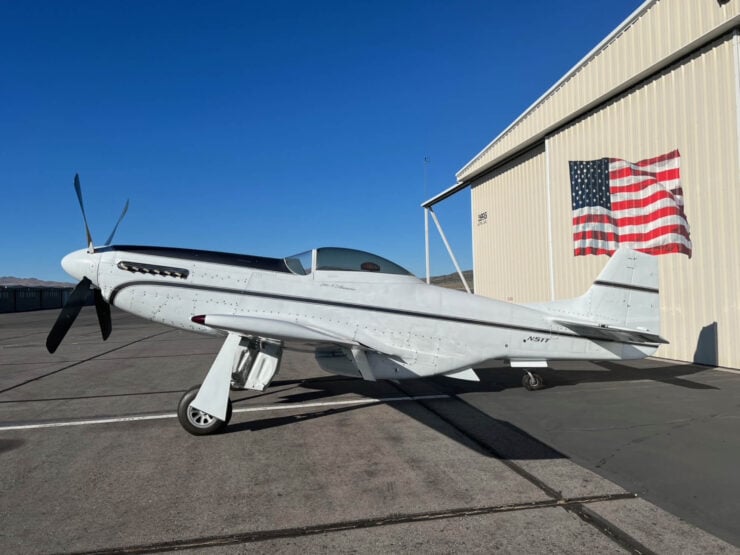

The P-51D was equipped with the Packard V-1650-7 Merlin engine, capable of producing 1,490 bhp. This allowed the Mustang to reach speeds of up to 437 mph at an altitude of 25,000 feet, significantly outperforming earlier, non-D, variants.
The aircraft had an operational range of up to 1,650 miles with external drop tanks, allowing it to escort bombers from bases in England deep into Germany and back. This capability was critical in reducing bomber losses and securing air superiority over Europe.
The Unusual Laminar Flow Wing Design
The Mustang’s advanced (for the time) aerodynamics included a laminar flow wing design, reducing drag and improving speed and maneuverability. This design was developed by North American Aviation (NAA) and the National Advisory Committee for Aeronautics (NACA), that latter committee would later be rolled into a new government agency in 1958 named NASA.
The Mustang had a bubble canopy which provided pilots with vastly improved visibility, a crucial advantage during aerial combat, and a design feature that would become standard in the coming era of jet fighters. The P-51D was armed with six .50 caliber Browning machine guns, three mounted in each wing, providing hefty firepower, as many in the Luftwaffe discovered to their dismay.
Operationally, the P-51D was deployed extensively by the Eighth Air Force based in England, primarily tasked with escorting B-17 Flying Fortress and B-24 Liberator bombers on daylight raids. The Mustang’s arrival in large numbers during early 1944 was pivotal, significantly reducing losses among bomber crews. Notably, Mustang pilots claimed the highest number of enemy aircraft shot down by any Allied fighter in the European Theater.
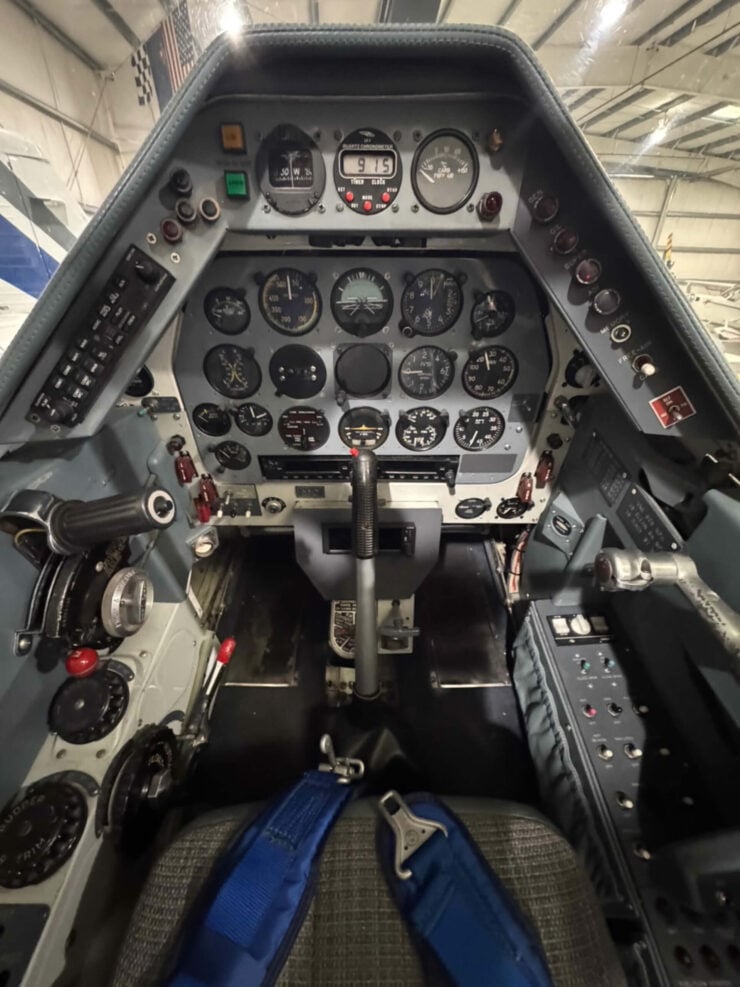

The P-51D was also extensively employed in the Pacific theater, particularly during the latter stages of the war. It proved effective in the fighter-bomber role, performing ground attack missions against enemy airfields, railways, and shipping targets. The Mustang’s tough construction and proven reliability quickly made it a favorite among pilots in the Pacific, just as it had been among pilots in Europe.
The Mustang After World War II
After World War II, the P-51D continued to serve during the Korean War, albeit primarily in ground attack and reconnaissance roles, as jet-powered aircraft began to dominate air combat.
Beyond its military career, the Mustang has established a major legacy in the world of civilian aviation. Surplus P-51Ds were sold widely after the war, finding new life as racing aircraft, private sports planes, and restored historical aircraft. Modified WWII-era Mustangs participate in air races like the Reno Air Races, taking countless wins over the years.
The Mustang’s widespread production was impressive, with approximately 8,000 units of the P-51D variant alone manufactured out of over 15,000 Mustangs of all models produced during the war. Today, approximately 150 P-51Ds remain airworthy worldwide, with most in the United States but some in Europe, Australia, and New Zealand.
The 1945 North American P-51D Mustang Shown Here
The aircraft you see here is a restored 1945 North American P-51D Mustang that now wears a custom white paint scheme by Learjet. It also has a custom leather interior, a one piece windshield, a tinted canopy, and auxiliary fuel tanks in the wings, adding an extra 300 gallons to the total amount of fuel that can be carried.
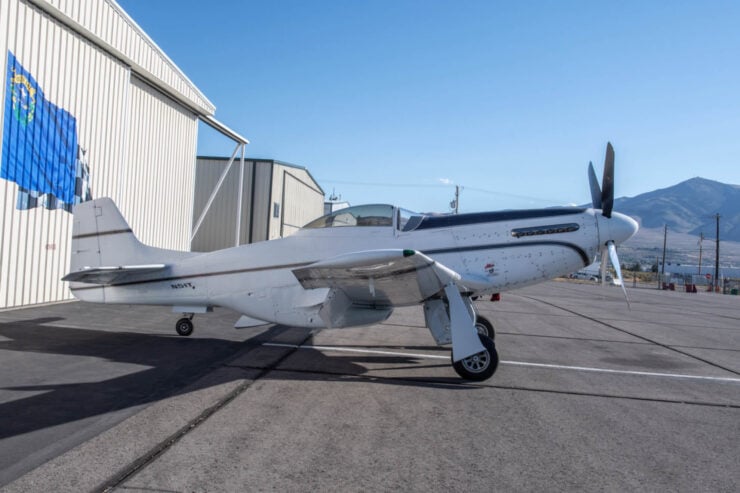

Inside you’ll find Garmin navigation avionics, but all of the original steam gauges remain in place, leaving the cockpit looking remarkably close to the wartime originals. As you would expect, power is provided by Packard Merlin V12, it’s fitted with a Hamilton Standard 24D50 propeller with paddle blades, and the engine has just 175 hours on it since its last overhaul.
The aircraft is now being offered for sale through Platinum Fighter Sales with an asking price of $3,250,000 USD. If you’d like to read more about it or enquire about buying it you can visit the listing here.
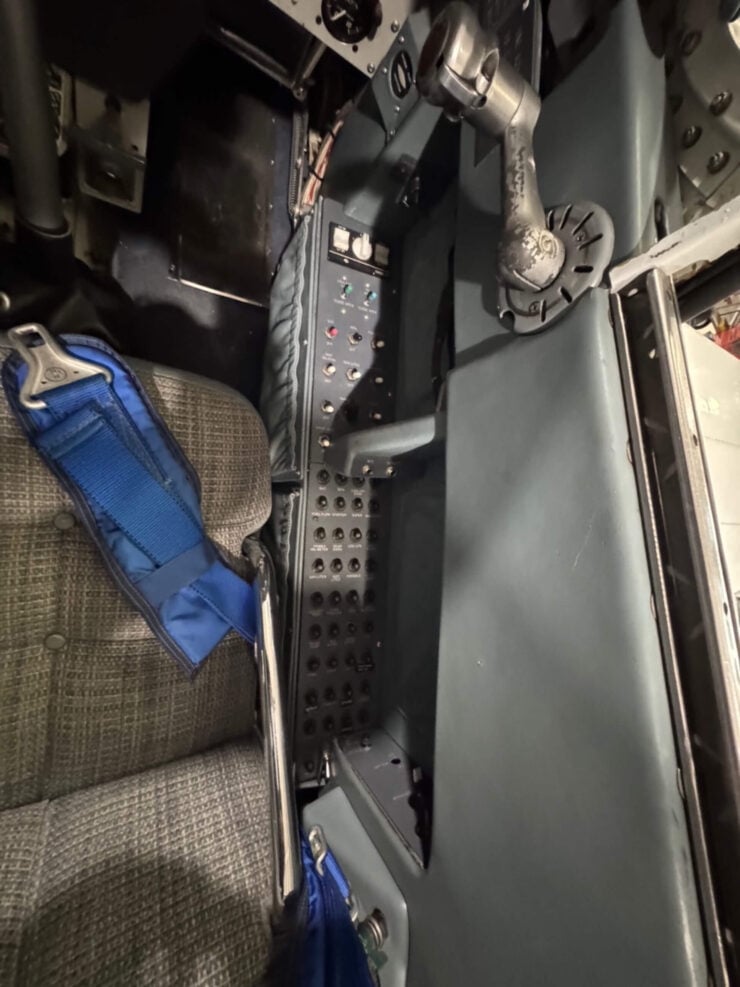
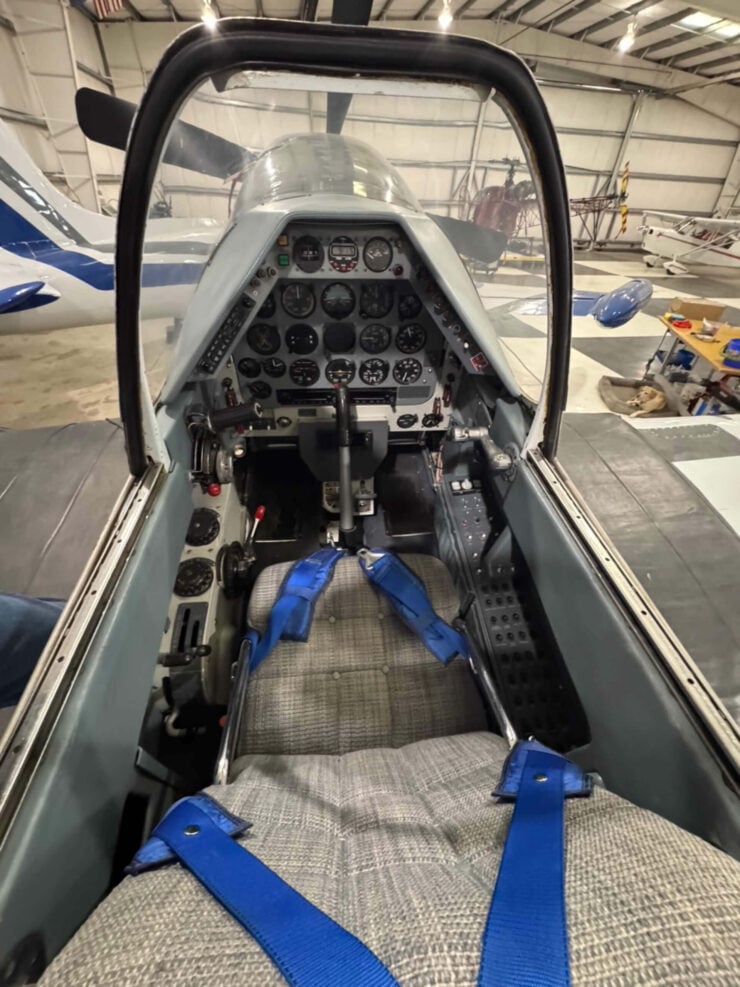

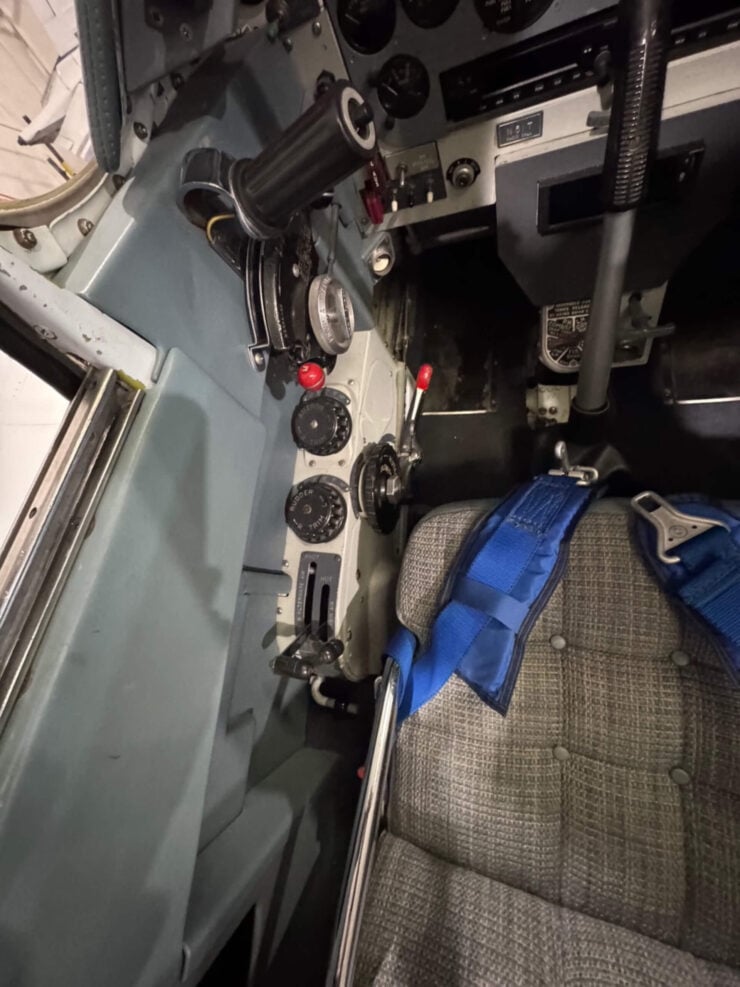
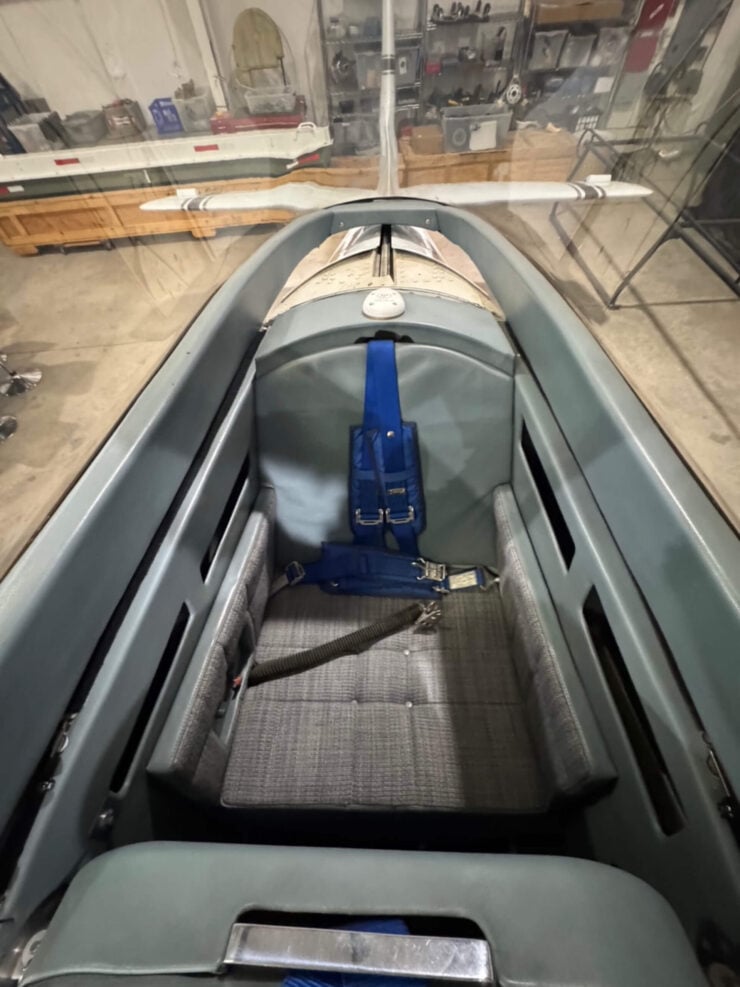
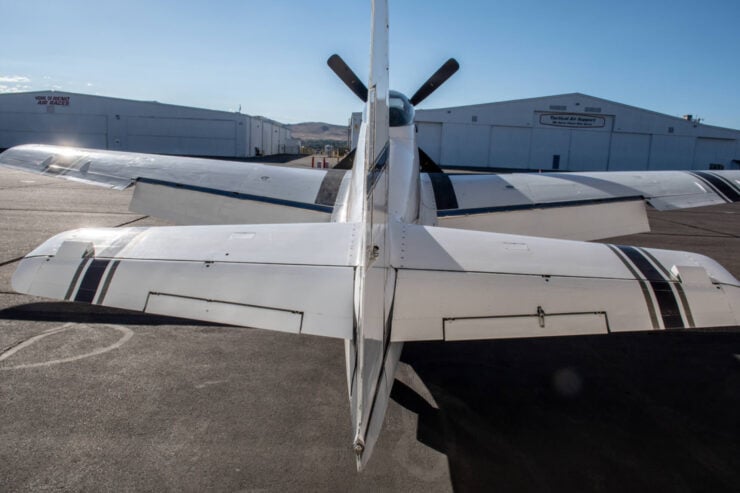
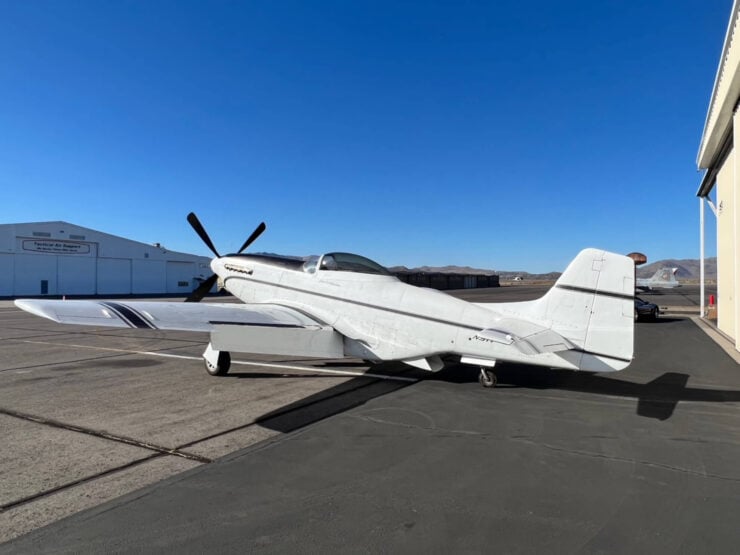
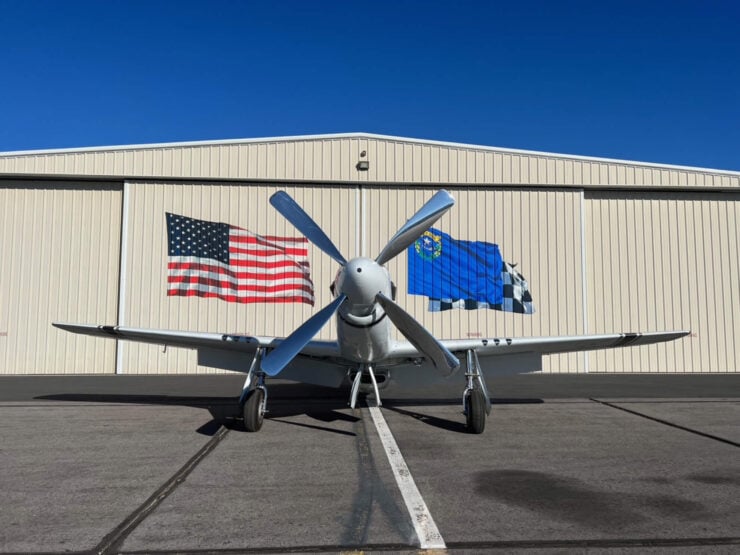


Images courtesy of Platinum Fighter Sales

